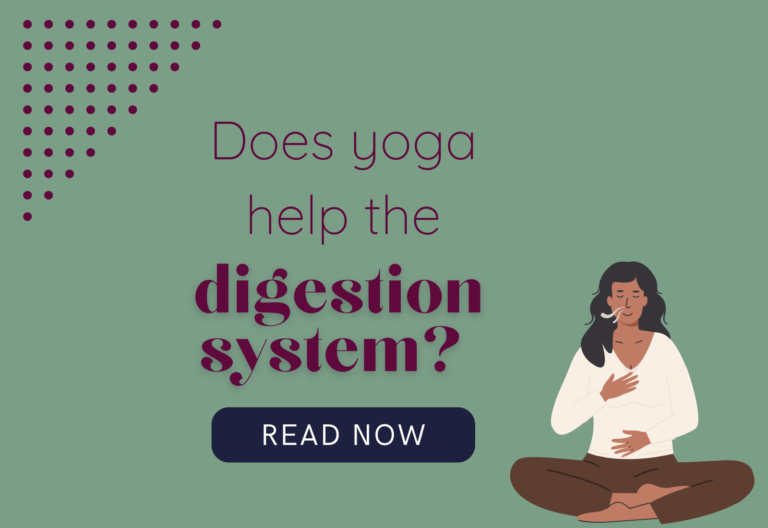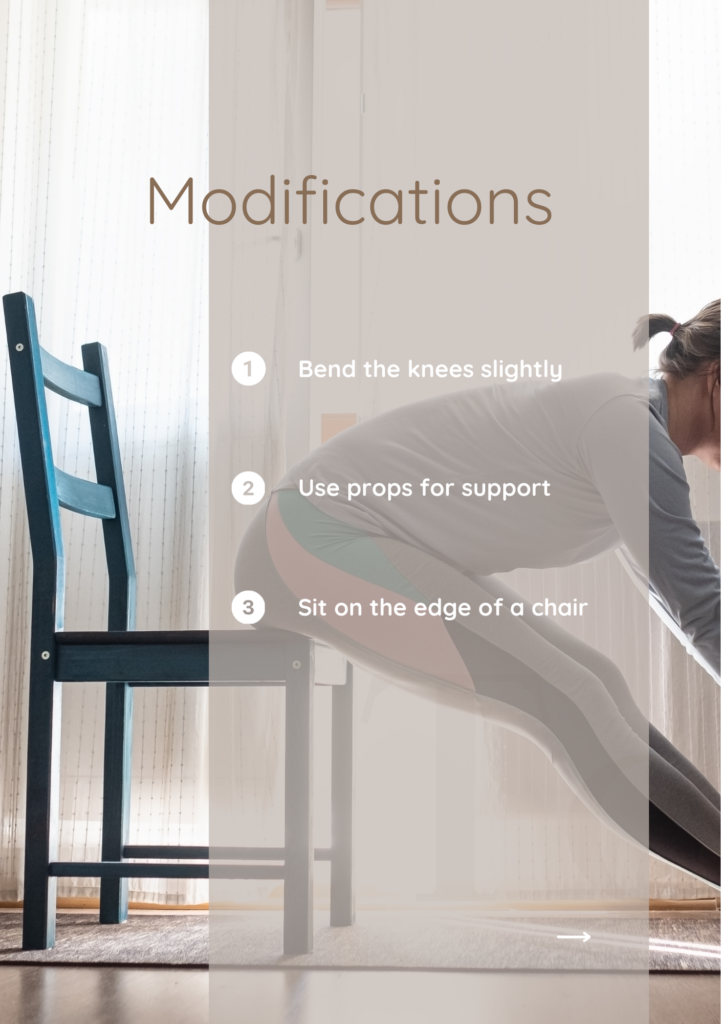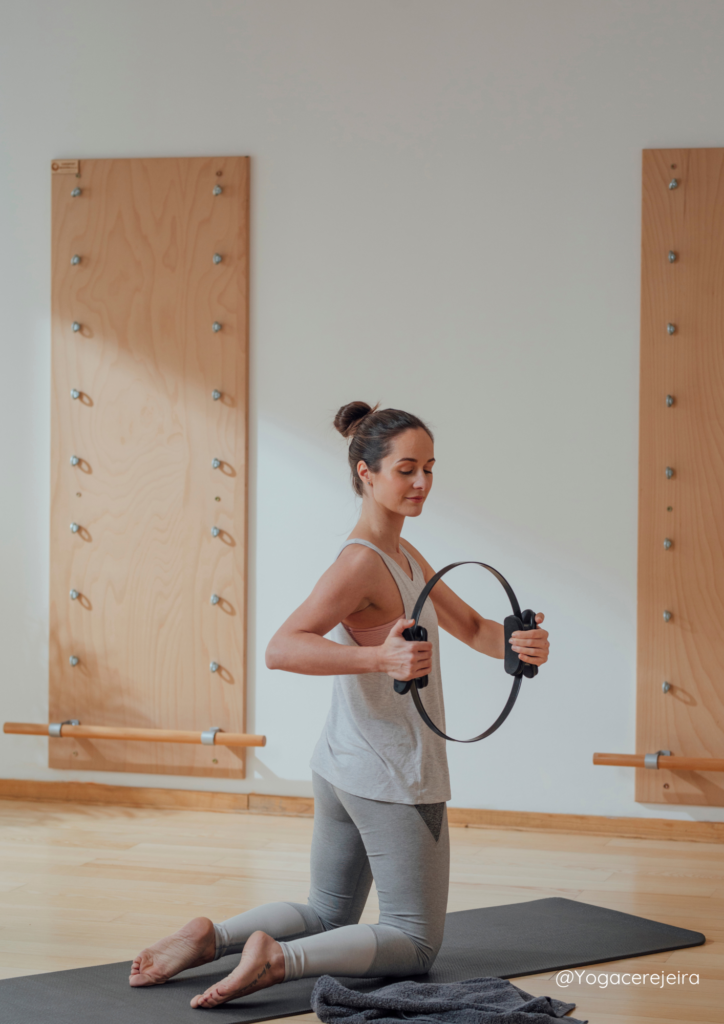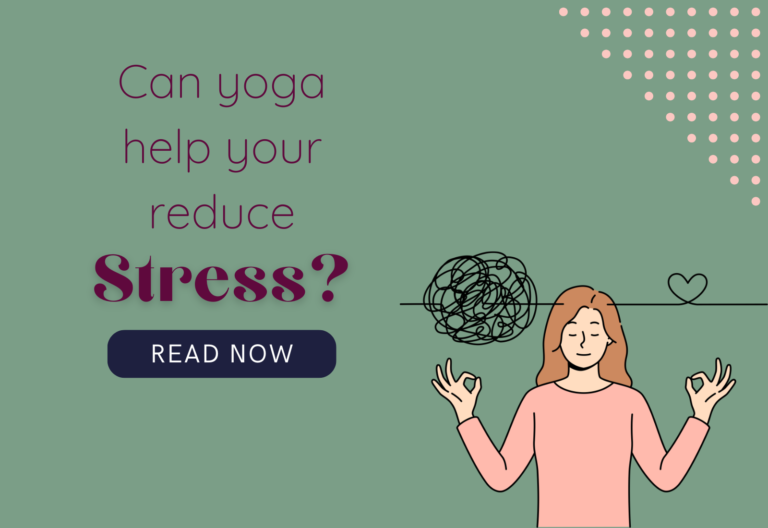
Does yoga help the digestive system?
Does yoga help the digestion system? A healthy digestive system is crucial for both your physical and mental well-being. The
Many beginners starting yoga or Pilates may encounter the challenge of sitting up straight, especially when seated with legs extended in front of them. It’s a common concern and can sometimes feel discouraging. You might ask yourself, “Why can’t I sit up straight?” or “Is this a sign of something wrong?” The good news is, you’re not alone, and there are solutions to make sitting tall more comfortable and attainable, regardless of your current level of flexibility or strength.
The difficulty in sitting up straight often comes down to a combination of flexibility, strength, and posture habits. Many of us spend a lot of time sitting in chairs, at desks, or on couches, which can lead to tight hip flexors, hamstrings, and lower back muscles. This tightness can make it difficult to maintain a tall spine when sitting on the floor with extended legs.
Another factor is core strength. Sitting up straight requires the muscles in your abdomen and lower back to work together to stabilize your spine. If these muscles aren’t yet strong enough, you might feel like you’re slumping forward, rounding your lower back, or leaning back to avoid discomfort.

If you struggle to sit up straight in yoga or Pilates, don’t worry. There are several ways to modify your posture to make it more comfortable and accessible:
1. Bend the knees slightly: One of the simplest solutions is to bend your knees slightly, rather than keeping them fully extended. This helps release some of the tension in your hamstrings, making it easier for your pelvis to tilt forward and your spine to lengthen. By doing this, you can maintain a more upright posture without straining your lower back.
2. Use props for support: Props can be incredibly helpful when it comes to seated postures. Consider using a firm pillow, a yoga block, or even a stack of books to lift your hips. By raising your pelvis higher than your legs, you change the angle between your hips and spine, which makes it easier to sit with a tall spine. This is why many seasoned meditators use meditation cushions—they help to align the body in a way that encourages a natural upright posture.
3. Sit on the edge of a chair: If sitting on the floor is too uncomfortable, another great option is to sit on the edge of a chair. Place your feet flat on the floor and sit on the edge of the seat with your spine tall and chest lifted. This takes the pressure off your legs and allows you to focus on maintaining an upright position.
While modifications are a great starting point, improving your flexibility and strength over time can help make sitting up straight feel more natural. A regular yoga or Pilates practice can help stretch tight muscles and strengthen your core, which are both key to sitting tall with ease.
– Stretching your hamstrings
One of the main muscles that might be holding you back from sitting up straight is your hamstrings. Gentle forward folds, whether seated or standing, can help gradually increase hamstring flexibility over time. Don’t force the stretch; instead, allow your body to ease into it with each practice.
– Strengthening your core
A strong core is essential for maintaining good posture in seated positions. Pilates exercises like the “Saw” or “Spine Twist” focus on core engagement while sitting. As you build core strength, you’ll find it easier to sit up straight for longer periods.
It’s important to remember that sitting up straight takes practice, and everyone’s body is different. Some people may find it easy right away, while others may need more time to develop the necessary flexibility and strength. Be patient with yourself and understand that it’s okay to use props or modify your position—there’s no one right way to sit.
As you continue to practice yoga or Pilates, you’ll notice gradual improvements in your ability to sit tall. Focus on the small wins along the way, like being able to sit up for a few extra seconds without slumping or feeling more comfortable in a certain pose.

If you’re starting out and find it difficult to sit up straight, know that this is a common challenge, especially for beginners. There’s no need to force your body into a position it’s not ready for. Instead, embrace modifications like bending your knees, using props, or sitting on a chair. Over time, with regular practice, your body will become more flexible and strong, making it easier to sit with a tall spine.
Remember, yoga and Pilates are all about listening to your body and meeting it where it is today. By being mindful of your posture and giving yourself the support you need, you’ll build the foundation for a comfortable and sustainable practice.
Do you want to know more about this subject, here are some book tips:

Does yoga help the digestion system? A healthy digestive system is crucial for both your physical and mental well-being. The

Discover the Power of Yin Yoga: More Than Just Flexibility Have you ever tried Yin Yoga? This meditative and slow-paced

Yoga has long been celebrated as an effective tool for stress relief, offering a natural way to calm the mind and body. This ancient discipline brings together a variety of techniques—physical movement, breath control, and mental focus—that are designed to counteract the pressures of modern life.